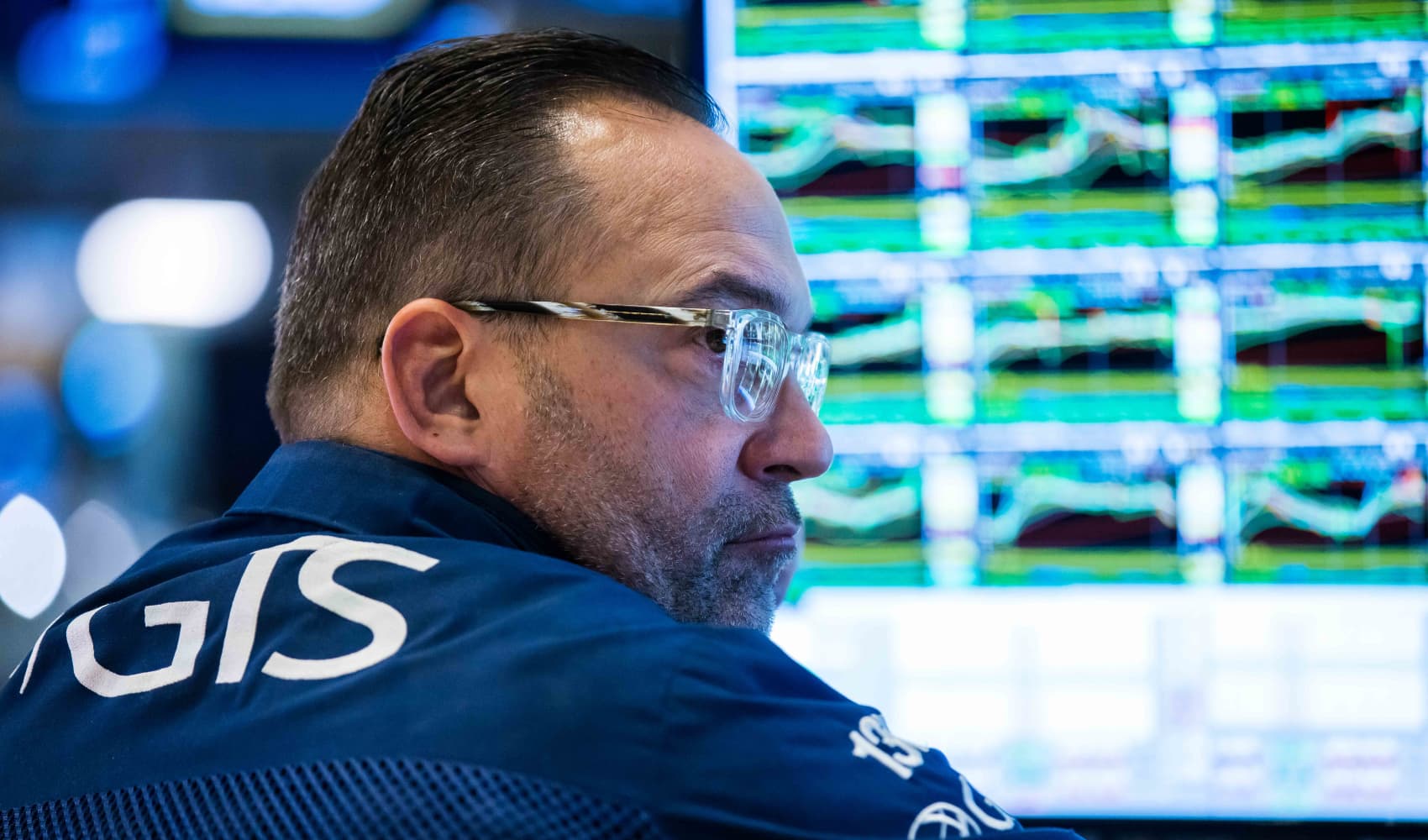
As you near retirement, this overlooked risk can ‘make or break’ your portfolio, advisor says
- As you approach retirement, a threat, known as the "sequence of returns" risk could jeopardize your portfolio.
- The issue stems from poor investment returns paired with withdrawals, particularly earlier in retirement, which can shrink your nest egg over time.
- However, you can minimize the risk via portfolio diversification, fixed-income allocations and flexible withdrawals.
As their retirement nears, investors need to be aware of a threat known as the "sequence of returns risk" which could jeopardize their retirement nest egg.
While this risk is often an overlooked and misunderstood problem for retirees, there are ways to minimize its negative impact, experts say.
Also called "sequence risk," the issue stems from poor investment returns paired with withdrawals, particularly earlier in retirement. The combo can shrink your nest egg over time.
Get top local stories in San Diego delivered to you every morning. Sign up for NBC San Diego's News Headlines newsletter.
Those early retirement years' investment returns and withdrawal timing can "make or break the next 30 years," warned certified financial planner Collin Lyon, wealth strategy advisor at Anderson Financial Strategies in Dayton, Ohio.
More from Personal Finance:
A U.S. construction boom is sending rents lower and creating perks for renters
Some experts have raised the odds of a recession. Here's how much cash you need
Designer dupe demand soars, a sign of the economic times
How sequence risk hurts your portfolio
Money Report
Investors can typically start withdrawing funds from retirement accounts without penalty at age 59½.
But there's a big risk for younger retirees or near-retirees who experience stock market downturns just before or as they start tapping accounts.
Withdrawing from your portfolio when the stock market drops could mean selling more assets for the same amount of cash. As a result, you're left with fewer investments to capture future growth when the market rebounds.
It's the biggest issue for younger retirees with decades of living expenses to cover from their nest egg, experts say.
Here are some ways to mitigate your sequence of returns risk, according to financial advisors.
Diversify your portfolio
As retirement approaches, it's important to adjust portfolio allocations from heavy concentrations in higher-risk assets to less volatile investments like bonds, experts say. The right mix may depend on several factors, including your risk tolerance, goals and life expectancy.
"Diversification among several different asset classes can help make volatility less pronounced," Lyon said.
Build a 'war chest' to fund living expenses
You can avoid selling assets in a down market by keeping a six-month emergency fund and a "war chest" to cover living expenses, according to CFP Jonathan Bednar II, a wealth advisor at Paradigm Wealth Partners in Knoxville, Tennessee.
For Bednar's clients, the war chest includes five years of expenses in fixed-income assets — typically in a bond or certificate of deposit ladder — so retirees can "weather any market volatility," when the sequence risk is highest, he said.
Opt for a flexible withdrawal rate
Flexible withdrawals are another way to safeguard your portfolio from sequence risk, experts say.
"Instead of withdrawing a fixed percentage, the rate can be adjusted based on market performance," explained Orlando-based CFP Brad Brescia with Moisand Fitzgerald Tamayo.
Reducing withdrawals during years of negative returns "can help preserve the portfolio's core," he added. However, some retirement accounts eventually have required withdrawals.



